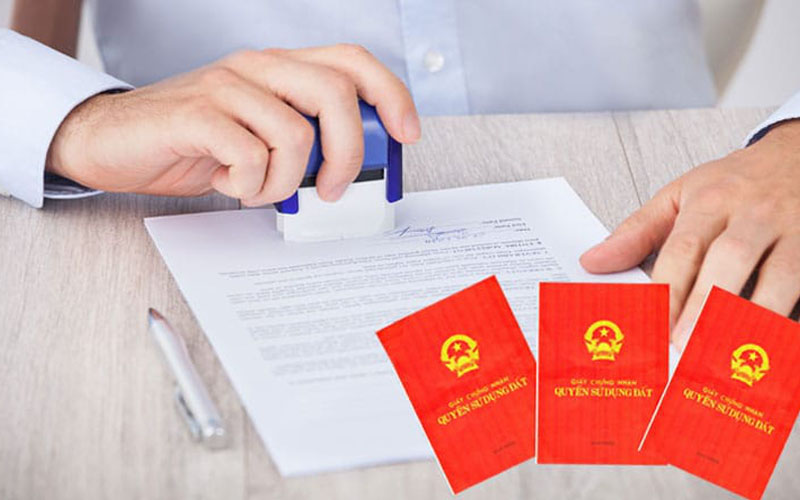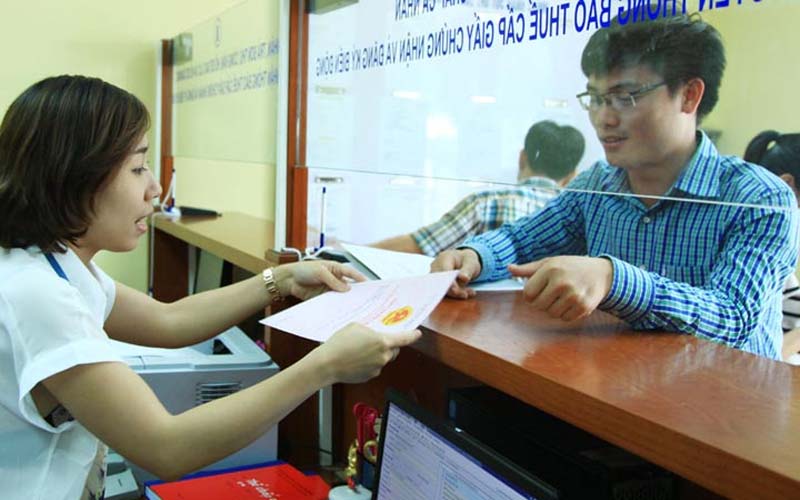Mini apartments are a popular housing segment that has gained much attention in recent times. If you’re curious about the paperwork and procedures involved in transferring ownership of a mini apartment, we’re here to guide you through the process in detail.
1 Legal Basis
- The 2014 Housing Law of the National Assembly of the Socialist Republic of Vietnam.
- Decree No. 99/2015/ND-CP detailing the 2014 Housing Law of the Government of the Socialist Republic of Vietnam.
 Transfer of mini apartments based on the 2014 Housing Law and Decree No. 99/2015/ND-CP
Transfer of mini apartments based on the 2014 Housing Law and Decree No. 99/2015/ND-CP
2 Procedures for Transfer of Ownership of Mini Apartments
Once the necessary documents are prepared, the transferring and receiving parties should follow these steps to transfer ownership of the mini apartment:
Step 1: Execute a Contract at a Notary Public Office
The involved parties visit a notary public office to draft a contract for civil transactions such as a sales contract (in case of a purchase) or a contract related to inheritance or donation of the mini apartment.
Within 10 days from the date of executing the contract and obtaining the confirmation seal from the notary public office, the parties must declare and pay the relevant fees such as registration fees and personal income taxes to the state budget. Failure to do so within the specified time frame will result in penalties as per the law.
 Parties involved visit a notary public office to execute a contract
Parties involved visit a notary public office to execute a contract
Step 2: Declare Financial Obligations
Declare financial obligations at the People’s Committee of the district/county/town where the mini apartment is located. The dossier for transferring the ownership certificate of the mini apartment includes:
- Registration fee declaration form;
- Personal income tax declaration form (02 copies signed by the transferring party, except in cases of donation, where 04 copies are required);
- 01 civil contract, such as a sales, donation, or inheritance contract;
- 01 certified true copy of the certificate of ownership of the apartment;
- Certified true copies of the ID card/Citizenship Identification Card and household registration book of the transferring and receiving parties.
Note: In cases of donation or inheritance, if the receiving party has a certificate confirming their kinship with the transferring party, they will be exempt from personal income tax.
 Declaration of financial obligations
Declaration of financial obligations
Step 3: Apply for Transfer of Ownership
Visit the People’s Committee of the district/county/town where the apartment is located to apply for the transfer of ownership. The dossier for the transfer of ownership includes:
- Application for registration of changes signed by the transferring party;
- Transfer contract (in case of sale), donation contract, or will (in case of inheritance);
- Original certificate of ownership of the mini apartment;
- Original receipt of payment of fees and charges to the state budget;
- Copies of ID card/Citizenship Identification Card and household registration book of the receiving party.
 Apply for transfer of ownership
Apply for transfer of ownership
Step 4: Pay the Registration Fee and Receive the Pink Book
Wait for the review and issuance of the pink book (ownership certificate) for the mini apartment.
 Issuance of the pink book for the mini apartment
Issuance of the pink book for the mini apartment
That concludes our comprehensive guide on the procedures for transferring ownership of a mini apartment. We hope this article has provided you with valuable insights and knowledge on the topic.
The Art of Buying and Selling Used Cars: Navigating the Latest 2022 Procedures.
The process of buying and selling used cars has evolved, and with the latest regulations in 2022, it’s essential to understand the new sequence of steps. Whether you’re purchasing a used car from the same province or across provincial lines, here’s the updated lowdown: paperwork, fees, registration, and license plates. It’s a seamless process when you know the drill.

































